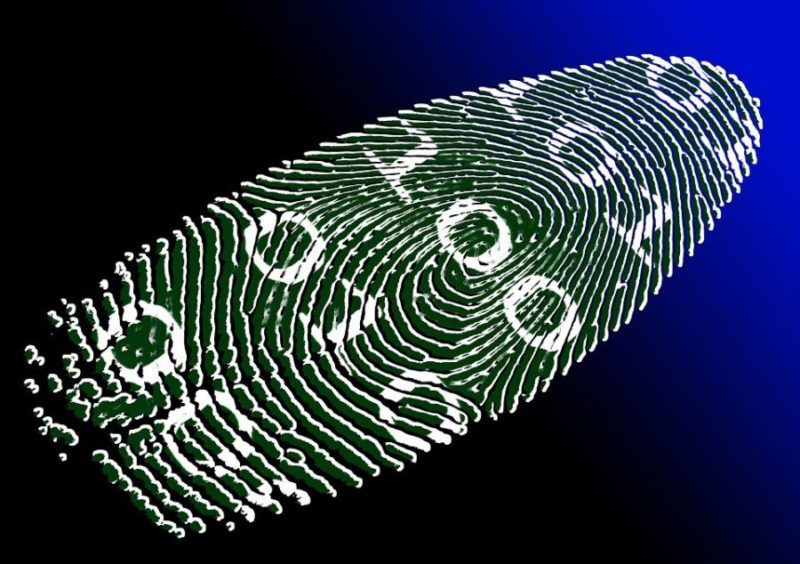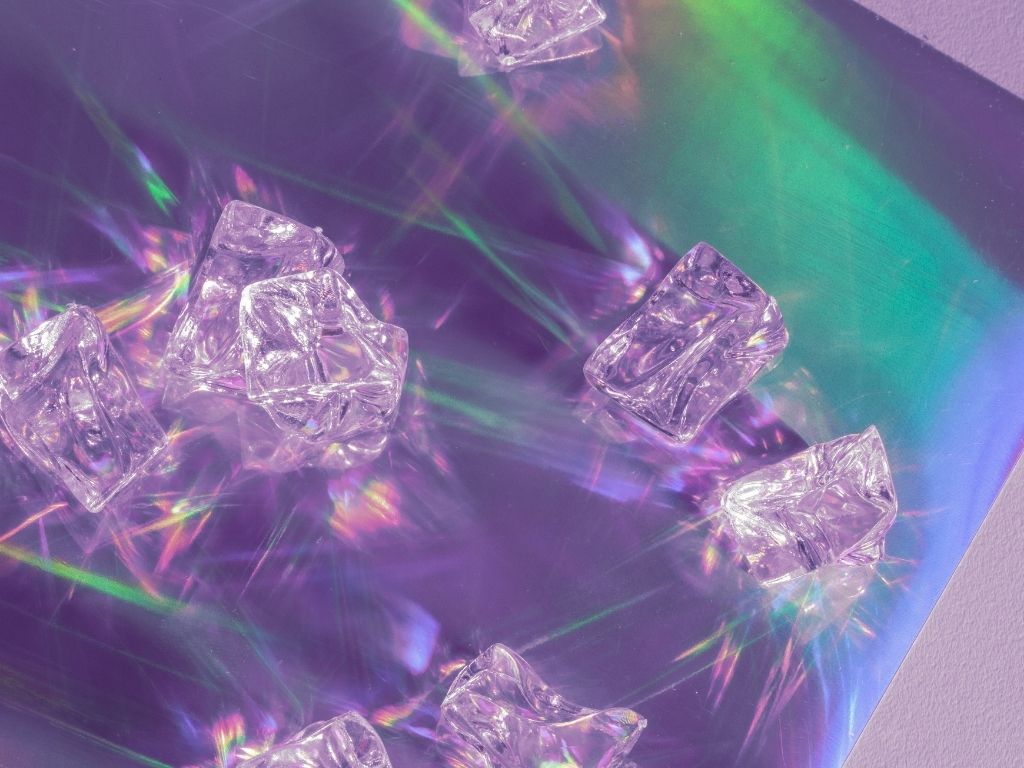What Is the Cardano Metaverse and What Is Pavia?
The new Metaverse is the first to be launched on the Cardano blockchain called Cardano Metaverse.
The emergence of new platforms in the Metaverse as the concept matures. According to a Variety Intelligence Platform survey conducted in February 2022, more than half of US customers are aware of the technology, signaling increased interest and demand.
The Pavia platform is one of the most recent to enter this market, and it has a lot of potentials to attract both users and investors. Pavia is unusual because it is built using the Cardano Metaverse blockchain system, which has never before been used in Metaverse development.
What Is Cardano and How Does It Work?
Cardano is an open-source blockchain technology created by Charles Hoskinson, co-founder of Ethereum. It claims to be the first blockchain system designed using evidence-based approaches and based on peer-reviewed research. It also uses proof-of-stake protocols to establish blockchain consensus, unlike most other systems, such as Ethereum, which relied on a proof-of-work approach until 2021.
Instead of validating every node as in a proof-of-work system, validators are chosen at random across the blockchain in a proof-of-stake system, making the former far less resource-intensive and energy-efficient. Blockchain is well-known for consuming enormous amounts of electricity. Bitcoin, for example, requires roughly 110 Terawatt Hours per year, according to the Cambridge Center for Alternative Finance.
A proof-of-stake system would address this by lowering energy requirements and ensuring the long-term viability of blockchain-based solutions like bitcoin, non-fungible tokens (NFTs), and metaverse platforms. This distinguishes Cardano as a robust foundation architecture for metaverse advancements like Pavia.
What Is Pavia and What Does It Mean?
Pavia is the first Metaverse to open on the Cardano Metaverse, and it is named after the Italian city of Pavia, where Gerolamo Cardano lived in the 1500s. A network of 17,000+ landowners owns thousands of land parcels on the platform. Pavia is also in its infancy, and shipments and tokens are only available through flash sales now and then.
Pavia will have six separate locations, comparable to the 21 layers that make up another metaverse platform, Bloktopia. While the precise layout of Pavia is yet unknown (apart from a basic map), it will contain six distinct areas – land, sand, sea, deep sea, mountain, and forest landscapes.
Pavia aims to lower the entry barriers to metaverse usage and development. For starters, it will have cheaper gas prices than most platforms, which are payments made by users to compensate for the computer power required by a blockchain.
Second, it will have ready-to-use builders, marketplaces, scenarios, and deployment tools that anyone without technical knowledge may utilize.
This #Goonies inspired home will soon be located in the @Pavia_io #metaverse on #Cardano.
Music by @OfficialNID0 @Jeff_B_Cohen @Corey_Feldman @cyndilauper @SeanAstin @RealJoeyPants1 @RobertJohnDavi @JonathanKeQuan @IOHK_Charles #Pavia $PAVIA pic.twitter.com/EaFw9tqCaZ
— LOVELACES👟👕🧢 (@lovelacesnft) March 24, 2022
Pavia, the Cardano Metaverse Platform, Offers the Following Key Capabilities Pavia, the Cardano Metaverse Platform, Offers the Following Key Capabilities:
The Proof of stake protocol
Pavia’s primary underlying technology is proof-of-stake protocols, as previously stated. This distinguishes it from The Sandbox and Decentraland, both based on Ethereum and have only recently moved away from a proof-of-work basis. Pavia will be energy efficient and sustainable once it is fully operational.
Assets that are compatible with Pavia (PCA)
The Metaverse’s central building blocks are Pavia-compatible assets (PCAs). The platform’s goal is to provide maximal interoperability for all of its virtual assets, which will be a complex undertaking. It will give the users PC builder tools that will simplify anyone to create Metaverse-compatible assets.
Scenes in Pavia Scenes in Pavia are a user-enablement feature. A scene can be used and reused for 3D artifact construction, especially when creating PCAs such as virtual stores, tourist sites, buildings, virtual reality games, etc. Cardano NFTs, or cNFTs, are assets in the Pavia metaverse, and VR environments made using the scenes could also count as distinct cNFTs.
Interoperability of Avatars
The platform’s emphasis on interoperability extends to users’ 3D avatars. Pavia has taken the animated avatar approach rather than the photorealistic route, which means users have a lot of freedom when customizing and accessing their virtual appearance.
Pavia tools created by the community
Tools are Pavia user enablement aids created by the platform’s developer community. The following are some of the tools that are now accessible for use:
CNFT.IO is an NFT marketplace.
OpenCNFT is a project that collects information about Pavia and Cardano Metaverse trends.
Price Checker Tool – to find land parcels in Pavia on a budget.
Pavia Improvement Proposals can be suggested and voted on in the Community Hub (PIPs)
Heat Map — to display in-demand properties based on land sales and distribution data from Pavia.
When will Pavia and the Cardano Metaverse be available to use?
The land for Pavia is being mined, and we are still in the early stages of development. Pavia Corporation, a group of 18 employees, is developing the metaverse platform, supported by a vast community of developers. The plan is divided into many stages, beginning with the development of PCAs and ending with the platform’s first anniversary. According to this roadmap, Pavia, the first Cardano metaverse, will go live sometime in mid-2022.
According to the team’s interoperability principles, users can expect complete integration with the broader Metaverse by the end of this year. Still, the Cardano blockchain and its cryptocurrency, ADA, are available to users and investors.
Also, read – Cardano Completes Network Upgrade and ADA Reacts to Positive News
Trends in Pavia for 2022
In 2022, market analysts expect a bright future for Pavia and the broader Cardano Metaverse ecosystem. In a market with several metaverse platforms in varying stages of development, the promise of energy efficiency and broad interoperability is undeniably appealing. Users will not be able to visit their land parcels for at least the next quarter, and the platform will not permit content deployment on the land.
Stay informed with daily updates from Blockchain Magazine on Google News. Click here to follow us and mark as favorite: [Blockchain Magazine on Google News].
Get Blockchain Insights In Inbox
Stay ahead of the curve with expert analysis and market updates.
latest from tech
Disclaimer: Any post shared by a third-party agency are sponsored and Blockchain Magazine has no views on any such posts. The views and opinions expressed in this post are those of the clients and do not necessarily reflect the official policy or position of Blockchain Magazine. The information provided in this post is for informational purposes only and should not be considered as financial, investment, or professional advice. Blockchain Magazine does not endorse or promote any specific products, services, or companies mentioned in this posts. Readers are encouraged to conduct their own research and consult with a qualified professional before making any financial decisions. The featured image used is just a creative depiction of the title and it does not intend to hurt sentiments of any person or institution. If it hurts anyone sentiments, please do not hesitate to reach out to Blockchain Magazine.

 Bitcoin
Bitcoin  Ethereum
Ethereum  XRP
XRP  Tether
Tether  Solana
Solana  USDC
USDC  Dogecoin
Dogecoin  Cardano
Cardano  Lido Staked Ether
Lido Staked Ether  TRON
TRON  Wrapped Bitcoin
Wrapped Bitcoin  Chainlink
Chainlink  Wrapped stETH
Wrapped stETH  Avalanche
Avalanche  Sui
Sui  Stellar
Stellar  Litecoin
Litecoin  Toncoin
Toncoin  Shiba Inu
Shiba Inu  Hedera
Hedera  LEO Token
LEO Token  USDS
USDS  Hyperliquid
Hyperliquid  Polkadot
Polkadot  WETH
WETH  MANTRA
MANTRA  Bitcoin Cash
Bitcoin Cash  Ethena USDe
Ethena USDe  Bitget Token
Bitget Token  Wrapped eETH
Wrapped eETH  Uniswap
Uniswap  Monero
Monero  NEAR Protocol
NEAR Protocol  Pepe
Pepe  WhiteBIT Coin
WhiteBIT Coin  Bittensor
Bittensor  Ondo
Ondo  Aave
Aave  Aptos
Aptos  Internet Computer
Internet Computer  Dai
Dai  Official Trump
Official Trump  Mantle
Mantle  Ethereum Classic
Ethereum Classic  OKB
OKB  Tokenize Xchange
Tokenize Xchange  Gate
Gate  sUSDS
sUSDS  Sonic (prev. FTM)
Sonic (prev. FTM) 




